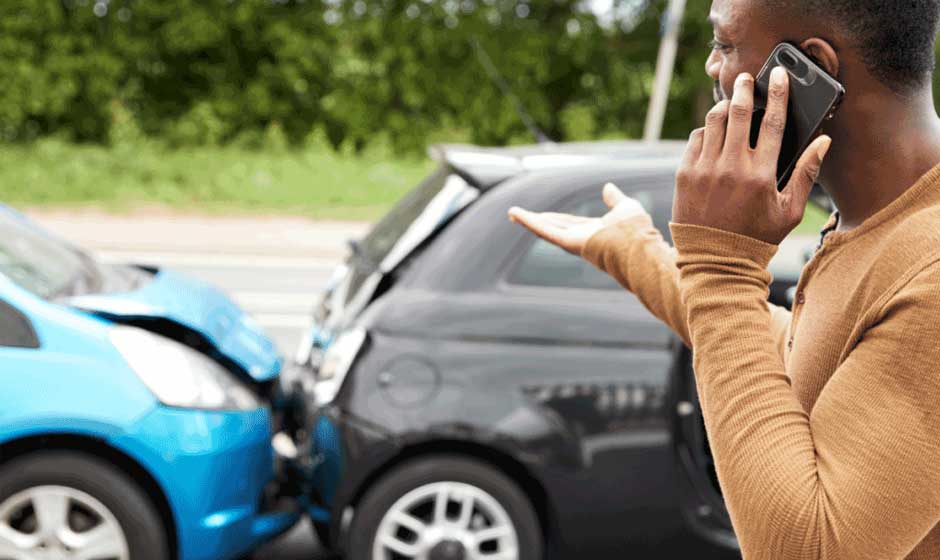Understanding Fault: How Liability Is Determined in Car Accidents

How Fault Is Established
The fault is determined in car accidents by pinpointing which driver was negligent. Negligence refers to failing to act with reasonable care behind the wheel. This can include running a red light, speeding, failing to yield, or being distracted. Establishing fault begins at the scene, where details are gathered, drivers exchange information, and authorities create a police report to document their findings. If any uncertainty exists or if the accident involves multiple parties, seeking legal assistance for a car wreck offers support and clarifies what steps to take next. Liability can become complex, especially when statements conflict. An experienced attorney can help gather evidence, interview witnesses, and negotiate with insurance companies to protect your rights.
Types of Evidence Considered
Evidence drives the process of assigning fault. Essential items include police reports, statements from involved parties, witness testimony, and scene photographs. Skid marks, road conditions, and vehicle position can be crucial in reconstructing what occurred. Any admissions of fault, either at the scene or to insurance adjusters, are also considered. It is critical to avoid speculation and stick to the facts when providing your perspective, as all evidence will be reviewed and weighed together to form a complete picture of the event.
Insurance Companies and Fault Assessment
Insurance companies evaluate all submitted evidence to determine liability. Adjusters scrutinize available documentation and apply state-specific rules to determine whose policy should cover damages. Sometimes insurers reach different conclusions, which may result in each party’s insurance covering their own driver’s costs under certain policies. Keeping careful records of all communications and documenting every step you take following the accident helps prevent future misunderstandings and ensures your version of events is clearly established.
The Role of State Laws
Each state sets its standards for handling faults in auto accidents. While some states operate on a “fault” basis, where the responsible driver’s insurance pays for damages, others follow “no-fault” systems requiring each party’s insurer to pay their own medical expenses regardless of blame. Understanding your state’s specific approach is important, as this impacts the insurance claims process and your ability to seek damages from another driver.
Shared Fault and Comparative Negligence
In some car accidents, both drivers share responsibility. Laws known as comparative negligence or contributory negligence come into play, adjusting the damages each party may recover according to their degree of fault. For example, if both parties contributed to the accident, a driver found to be 30% at fault may only recover 70% of their damages in a claim. Understanding these legal principles helps set realistic expectations about claims and settlements.
Resources for Drivers
Drivers dealing with the aftermath of a car accident benefit from staying proactive and informed. Take photographs of the scene, gather witness contact details, and never leave without securing a copy of any police report. If needed, organize all related documents, including insurance details, repair bills, and medical records. This preparation streamlines the claims process and protects your rights. Reviewing reliable guides or state websites before a collision happens ensures you are ready to respond quickly and thoroughly, making it easier to face insurance investigations or disputes in the future.


